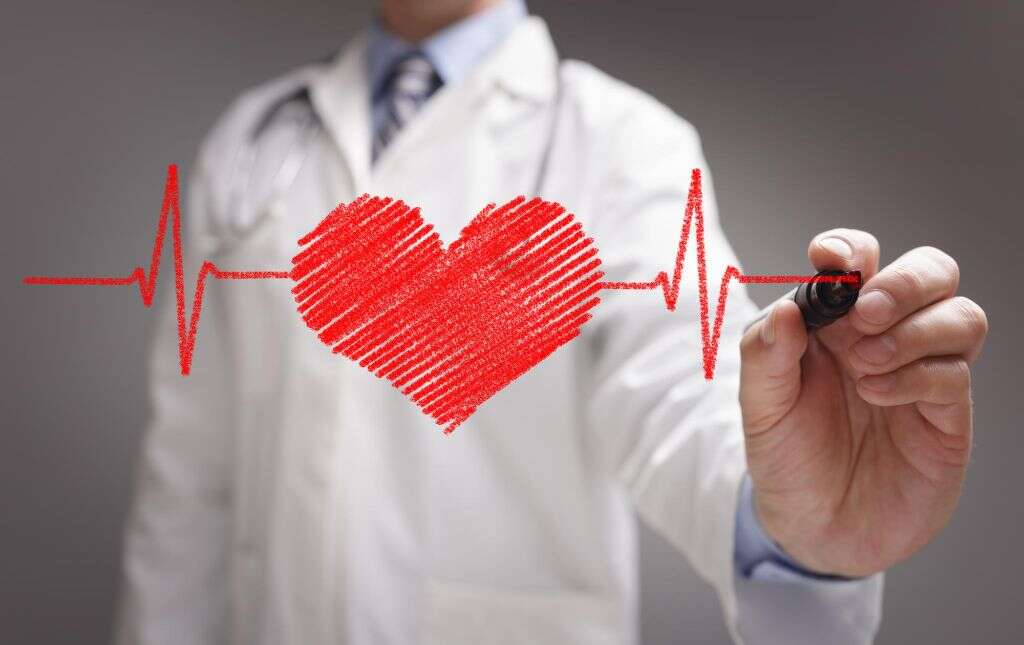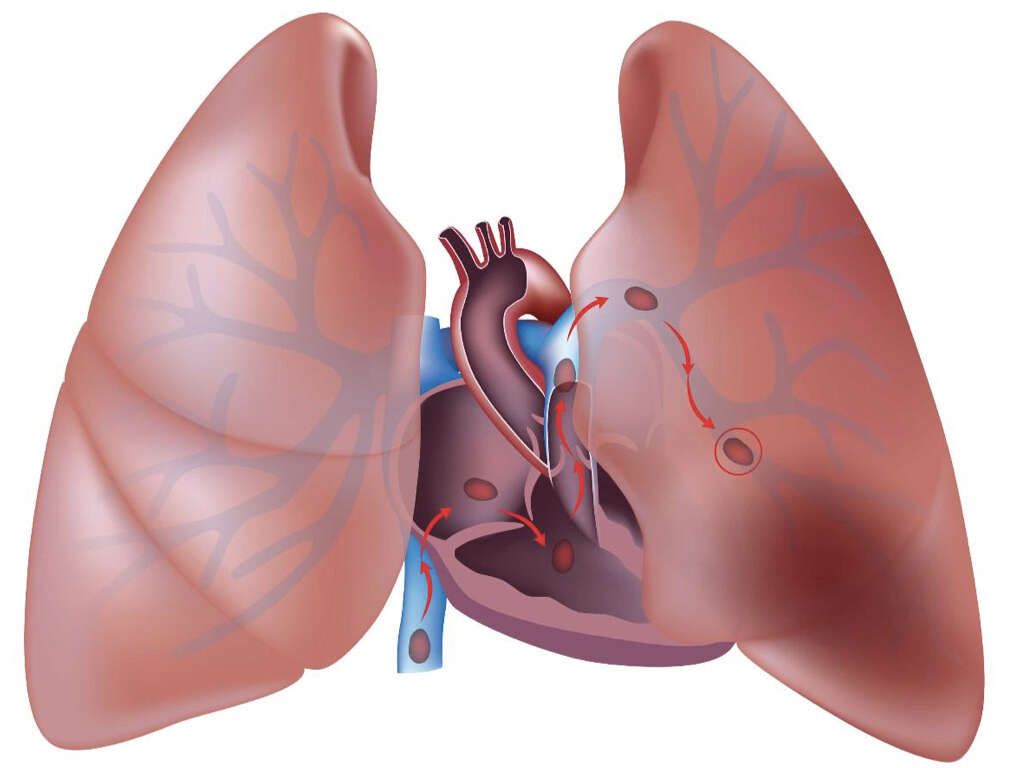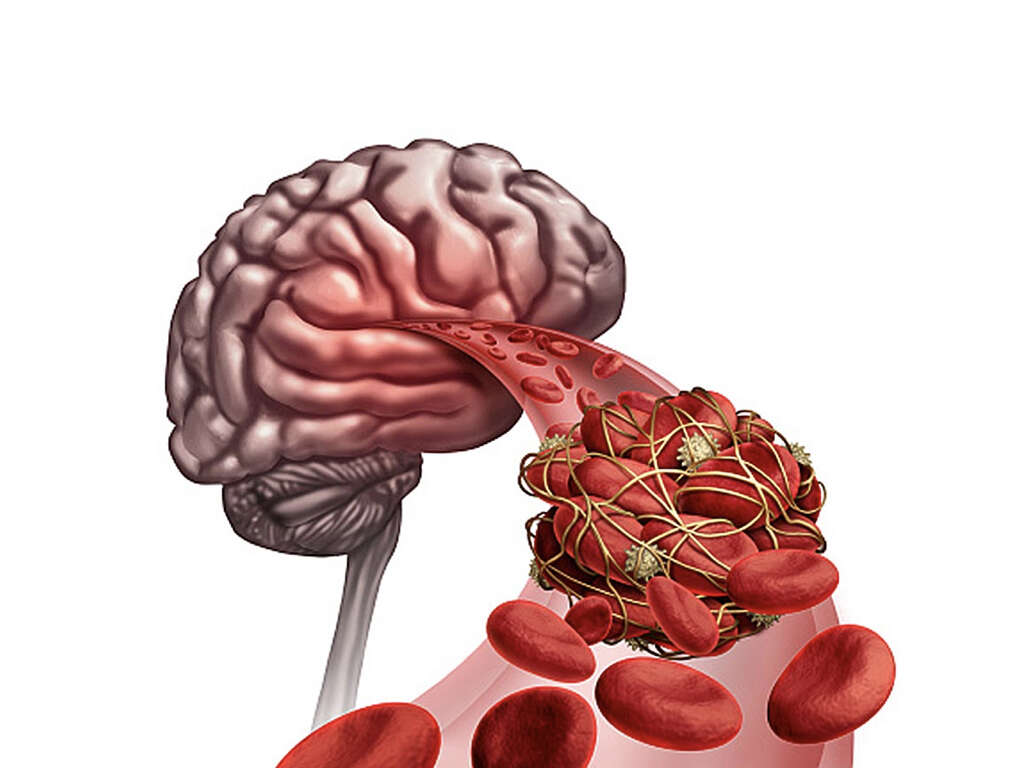Pulmonary Embolism Symptoms
6. Changes to Heartbeat
Shortness of breath and other symptoms of pulmonary embolism can put stress on the heart. When this happens, the heartbeat can increase to potentially dangerous levels while at rest. The medical term for an increased heart rate is tachycardia. A resting heart rate over 100 beats per minute is the threshold for tachycardia, which can occur due to a pulmonary embolism or a heart attack. Tachycardia also sometimes affects a particular part of the heart. For example, ventricular tachycardia affects the ventricles, which are the two larger, lower chambers. Atrial fibrillation is another type of tachycardia that affects the two smaller, upper chambers of the heart.
In addition to increasing the heart rate, pulmonary embolism can also cause the heartbeat to become irregular. This is known as arrhythmia, and it too can occur due to either a heart attack and a PE. There are many different patterns that arrhythmia can follow. It can be regularly irregular, meaning that your heart skips after a certain number of beats in a predictable pattern. It can also be irregularly irregular, with no discernible pattern for the discrepancy.
Advertisement











